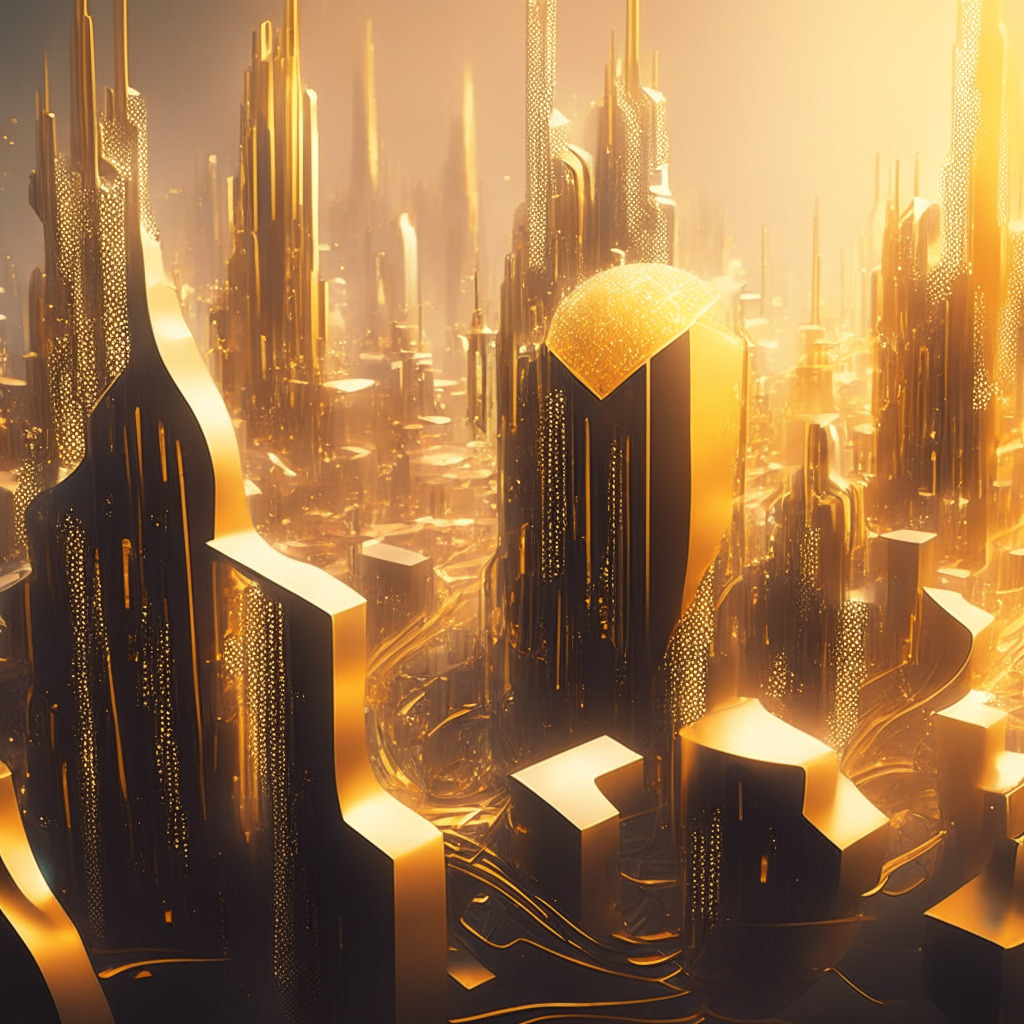The Web3 industry often envisions a bright, user-centric, and decentralized internet in the form of a virtual metropolis. Urban planners are increasingly embracing this concept to create a better online experience for users. However, the reality is that achieving this futuristic promise has proven to be a challenge, with the current state of Web3 not quite living up to the hype, struggling to attract true residents with engaging consumer experiences.
Public blockchains offer advantages over the walled gardens of Web2 by providing interoperability, composability, and peer-to-peer networks. Despite these benefits, we are left with a Web3 metropolis that is far from thriving. The main reason for this stagnation is that Web3 has yet to deliver the fast-paced and data-rich environment needed to support a bustling virtual city that draws in users.
For instance, Web2 is full of poor urban planning that stifles user interaction and community building. Unlike the vibrant and integrated neighborhoods that public blockchains promise, Web2 platforms and apps primarily serve their own interests and do not work harmoniously with the wider web. Users are trapped within these walled gardens, leaving them with fragmented and non-portable data.
As we witness growing discontent among Web2 netizens, the demand for blockchain-enabled urban planning only increases. Users face censorship for political and business reasons, and developers are met with data superiority and power monopolies. Additionally, the complexity of modern work and leisure requirements is pushing users away from generalist apps to more specific ones.
Web3 promises a more streamlined and interconnected experience for users, but it still has a long way to go before it can provide the necessary infrastructure. One of the most critical aspects of a successful Web3 metropolis is the ability to support advanced consumer applications and ultra-responsive performance.
To achieve this, Web3 must develop an interoperable and highly responsive data layer that empowers users to store, update, and share their data while simultaneously fostering the organic growth of engaging applications. This is no small feat in a largely decentralized environment. Ultimately, to attract true residents, the Web3 metropolis of the future must prioritize creating an enjoyable and interactive experience.
Although we are far from realizing the potential of a virtual metropolis driven by Web3 technology, the vision of a more interconnected, user-centric, and dynamic cityscape remains the guiding light for forward-thinking urban planners. With steadfast determination, they continue to work towards creating a seamless and engaging digital environment that puts users first. When this vision is finally achieved, the transition from Web2 to Web3 will no doubt come as a natural evolution, transforming our online experiences for the better.
Source: Blockworks




